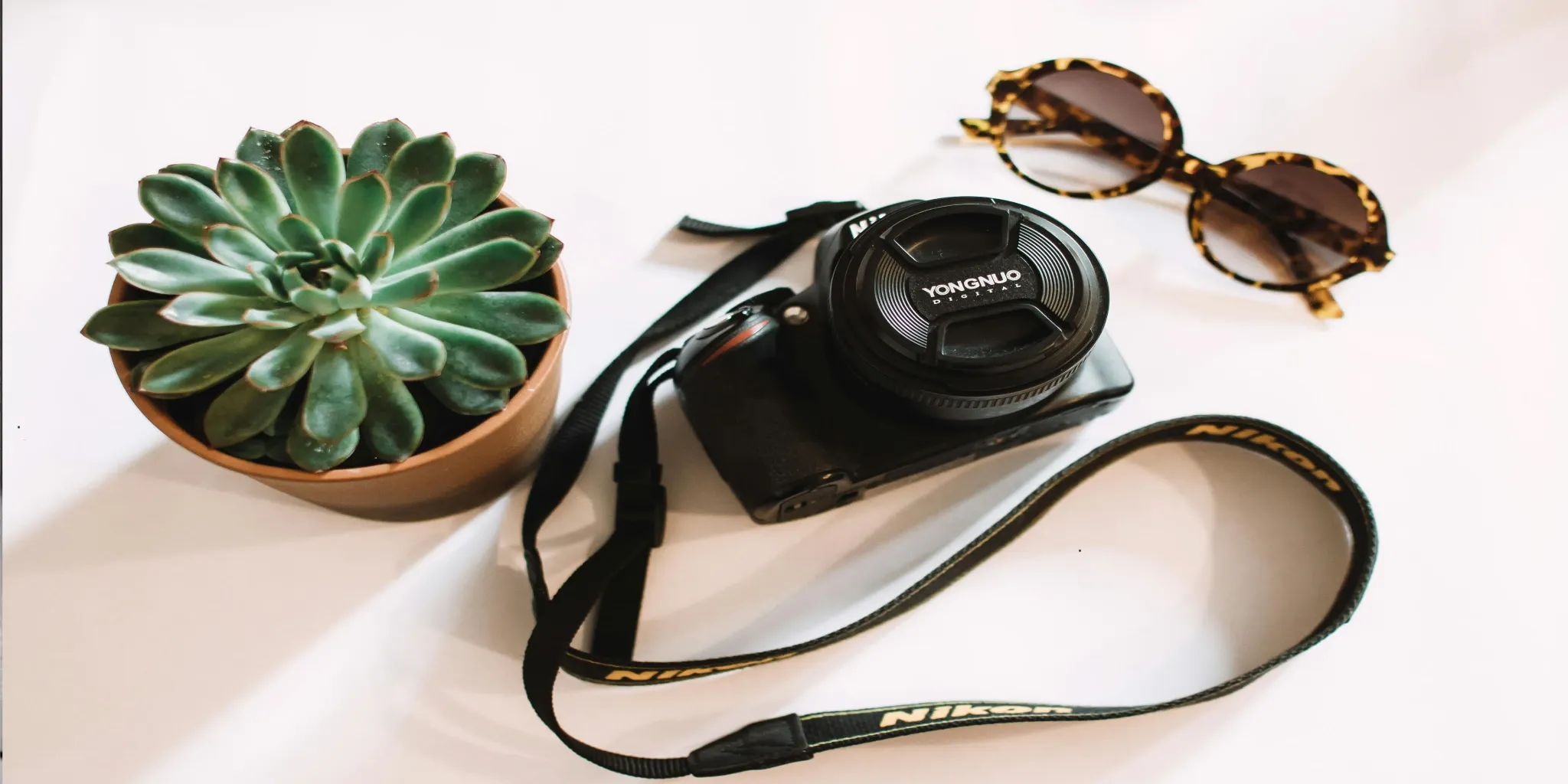How To Choose The Best Mirrorless Cameras
When you're looking for a mirrorless camera, think about these key features to find the one that you desire.
What Do You Photograph?
The first step in choosing the right camera is knowing what you’ll use it for. If you're shooting fast action, like kids’ sports, focus on fast autofocus and high frame rates. For video, look for strong features like 4K at 100 fps and minimal rolling shutter. If you're into astrophotography, prioritize low-noise sensors.
All modern cameras can take great photos, but some excel in specific areas - so knowing your needs will help you pick the best one for your goals.
ISO
ISO refers to how sensitive your camera's sensor is to light. This concept comes from film photography, where ISO (or film speed) indicated how quickly a film would react to light. In digital cameras, ISO works the same way. A low ISO number (100) is great for bright conditions and produces clean, noise-free images.
A higher ISO (3200 or more) makes the camera more sensitive to light, useful in darker environments but it also increases image noise or grain. Most cameras have a base ISO, usually 100 or 200, which gives the best image quality.
Aperture (f-stop)
Aperture controls the size of the lens opening that lets in light. It’s written as an f-number (like f/2.8, f/5.6, or f/16). A lower f-number (f/1.4, f/2.8) means a wider opening, which allows more light in and creates a shallow depth of field (background blur). A higher f-number (f/8, f/16) means a narrower opening, letting in less light, but more of your scene will be in sharp focus.
Shutter Speed
Shutter speed determines how long the camera's sensor is exposed to light. It’s usually written in fractions of a second (1/1000s, 1/60s) or in whole seconds (1s, 5s). Faster shutter speeds freeze motion - perfect for sports or action. Slower shutter speeds create motion blur - useful for light trails or smooth water effects.
Exposure
Exposure is the overall brightness of your image. A photo that is too dark is called underexposed, and one that is too bright is overexposed. Exposure is controlled by balancing the ISO, aperture, and shutter speed—this trio is called the exposure triangle.
Which Lenses Should You Buy?
When you buy a camera, you're also choosing a lens system, which is just as important as the camera itself. Most lenses are brand-specific—so a Canon lens won’t fit on a Nikon body—making your choice of camera a long-term investment in that brand’s ecosystem.
While top-tier cameras across brands are quite similar today, lens selection can vary greatly. Cameras often come with a “kit lens,” usually a basic zoom lens around 35–80mm. These are great for beginners, offering a low-cost way to explore photography and discover which focal lengths suit your style. As you progress, your lens choices will depend more on what you love to shoot—portraits, night skies, wildlife, or street scenes.

Why You Should Trust Us
When choosing a camera, you deserve guidance you can trust. Our camera buying guides are built on verified data—not opinions. We rely on official manufacturer specifications, respected industry benchmarks, and trusted sources across the photography world. Years of experience analyzing camera technology and trends allow us to deliver insights that truly matter.
We focus on what really matters, like sensor performance, autofocus speed, lens compatibility, and video quality and break down each feature in clear, practical terms. No fluff, no personal bias, just the facts that help you find the right camera for your needs.
Our reviews are fully independent. We don’t accept sponsorships or promote brands. Our only goal is to help you choose the best gear with confidence, whether you're a beginner, content creator, or seasoned photographer.
Conclusion
No matter your experience level or creative focus, there’s a mirrorless camera that fits your needs. From pro-grade beasts like the Sony A1 II and Nikon Z9, to beginner-friendly picks like the Canon EOS R100, this guide covers the best options across every budget and use case.
Whether you're looking to level up your content, capture stunning travel moments, or invest in a reliable system for professional photography, each camera here delivers on performance, value, and versatility.
Use this guide as a starting point to match the right gear with your shooting style. With the right mirrorless camera, you’ll be ready to create, share, and shoot with confidence.
FAQs
1. Do professional photographers use mirrorless cameras?
Yes, professional photographers widely use mirrorless cameras. In recent years, many pros have switched from DSLRs to mirrorless systems due to their lighter build, faster autofocus, and cutting-edge technology.
2. Are mirrorless cameras better for photography?
Yes, Mirrorless cameras can achieve much faster continuous shutter release speeds than DSLRs because they do not need to wait for a reflex mirror to flip up and back again each time an image is made.
3. What are common problems with mirrorless cameras?
A mirrorless camera offers many benefits, but there are a few drawbacks to consider. Some models have weaker or missing built-in flashes, limited remote control compatibility, and smaller hand grips that may affect comfort.
4. Which is the best mirrorless camera brand?
There isn’t a single “best” mirrorless camera brand for everyone. It depends on what your priorities are. Sony excels in autofocus, low-light, and lens options; Canon offers great color and intuitive menus; Nikon delivers superb ergonomics and sharp lenses; Fujifilm is loved for its colors and tactile controls; Panasonic shines for video and stabilization; and OM System is compact and rugged for travel or wildlife. The right choice comes down to what matters most to you.
5. Is mirrorless the future of photography?
Yes, as more and more photographers embrace this technology, it's clear that mirrorless cameras are the future of photography. Whether you're a professional photographer or a hobbyist, understanding and embracing this technology can help you stay ahead and make the most of your photography.






















